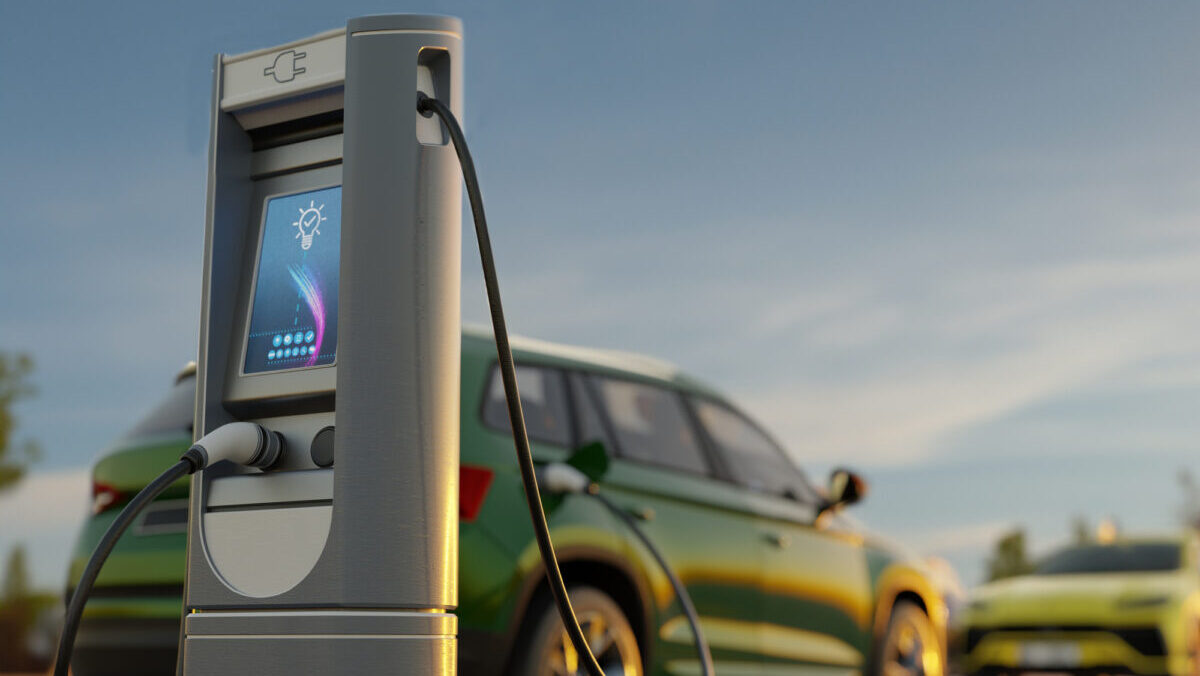There’s more than just economics to consider as Pilbara Minerals looks downstream with Ganfeng lithium JV

Pic: MASTER/Moment via Getty Images
- Pilbara Minerals says Australia is among the jurisdictions in the running for a lithium conversion JV announced yesterday with China’s Ganfeng
- But work is needed to make the country cost competitive, with PLS eyeing the US EV production market
- While other lithium bosses have questioned the economic sense of downstreaming, Henderson says the integration of its mining with Ganfeng’s processing nous could bring long term benefits
Pilbara Minerals (ASX:PLS) head honcho Dale Henderson has left the door open for Australia to host a proposed 32,000tpa battery chemical conversion plant floated by one of the world’s premier lithium miners.
But he thinks more will need to be done by Canberra to make the country which supplies around half of the world’s lithium raw materials competitive with its counterparts overseas.
The owner of the monster Pilgangoora deposit, which will be only the second hard rock lithium mine after the legendary Greenbushes to boast a 1Mtpa concentrate capacity from September next year, will partner with China’s Ganfeng in a 50-50 JV.
Early indications are it is looking outside of China — host to 73% of lithium chemical production capacity and 60% of the 2023 electric vehicle market — with Ganfeng open to a future sell-down of its equity stake to sidestep draft foreign entity of concern provisions that accompany America’s Inflation Reduction Act.
PLS made clear its homeland was in the running in a release yesterday. But Henderson told Stockhead support from government to make Australia cost competitive with big-spending jurisdictions like the US and Europe would need to extend beyond the low cost loans it has traditionally used as a lever to encourage critical minerals investments.
In recent weeks the Association of Mining and Exploration Companies has proposed a 10% production tax credit for downstream producers to encourage Australian lithium and nickel miners stung by a price collapse across late 2023 and early 2024 to invest in refineries.
“What we’re chasing is the best location for the long term, looking for economic returns to bring back to our shareholders,” Henderson said.
“It’s a competitive landscape and we need to measure Australia against the other opportunities.
“It’s an evolving and it’s a globally competitive industry. Australia needs to compete on that other stage. It’s likely there’ll be a gap to bridge where government support is required.”
Economics of integration
Responding to questions from Stockhead, Henderson agreed Australia could draw confidence from the success of the Clean Energy Finance Corporation’s early investments in the lithium sector.
The Government-backed entity was a cornerstone backer of Pilbara in a 2017 bond issue when it raised the finance to develop Pilgangoora at a time when commercial banks wouldn’t even glance at lithium producers chasing capital.
That conviction, combined with WA’s world class geology, helped the industry move fast and grab an extraordinary share of the emerging market.
But a recent fall saw spodumene spot prices tumble from over US$8000/t in late 2022 to US$850/t earlier this year before rebounding to US$980/t (Fastmarkets assessment), that bounce assisted by a recent Pilbara Minerals Battery Material Exchange auction that netted a 6% equivalent price of US$1200/t for a late 2024 cargo.
The second major bear market in five years also saw carbonate and hydroxide prices drop from over US$80,000/t at their peak to ~US$13,250/t. With margins at the mercy of the cycle, some analysts and producers have questioned the logic of investing in expensive and technically complex downstream refineries at all.
MinRes’ (ASX:MIN) boss Chris Ellison memorably told analysts in February the margin was still at the mine, saying he did not see return on invested capital extending beyond single digits.
And the international majors building the first wave of plants in Australia have all struggled to ramp up to commercial levels.
But Henderson said the EV supply chain was still young and evolving, with other benefits for integrated producers.
“We’ve got our eyes trained on investing at the right end of the spectrum so that we can achieve two benefits for our shareholders. First, of course, is economics. We’re looking to attract more margin per lithium unit for our shareholders and we believe opportunities are there. Those right businesses in the right location, with the right processes will yield additional economic benefit for shareholders,” he said.
“But part two, there’s a key benefit which doesn’t get as much limelight, which is the category of integration benefits.
“Having a material supplier integrated with a chemical converter offers a series of benefits, which include being able to optimise the process to achieve lower operating costs at the battery materials supply gate.
“The second piece is it creates co-dependence between the raw material supplier and the converter, which we think is important during cycles.”
Henderson said being able to provide low cost materials which linked a major miner and converter could also help attract premiums linked to supply stability.
What happens next?
PLS has already taken baby steps into refining, including an initial 18% stake in a refinery built by customer POSCO in Gwangyang, South Korea, but hasn’t dived into an investment decision just yet.
A feasibility study will be ongoing until March next year, with a final investment decision expected in the June quarter. No capital would need to be spent until FY26.
But it does have a leg up. Committing 300,000tpa of spodumene capacity to the mission, PLS has already seen Ganfeng process Pilangoora concentrates for over five years in China.
It could also integrate a mooted midstream product into the process, ensuring at least that step occurs onshore.
A $105 million 3000tpa lithium phosphate pilot plant is being developed at Pilgangoora in partnership with Calix and with the support of a $20m manufacturing grant from the Commonwealth Government.
The process to produce an 18% lithia product (three times the spodumene benchmark grade) could cut over 4kg of CO2 equivalent emissions on each kg of lithium hydroxide produced by transporting less product and making calcination electric.
Construction is expected to begin next quarter, with the first lithium salt due in June 2025.
The announcement didn’t set the world alight yesterday, with Pilbara shares slightly in the red.
But some industry watchers were strongly supportive.
Having worked with @GanfengOfficial for many years as a supplier of raw material, purchaser of their product and later as an advisor to the company, I believe @PilbaraMinerals has made another prescient move with no downside. Congrats $PLS pic.twitter.com/iA1wZgqnHh
— Joe Lowry (@globallithium) March 25, 2024
Pilbara’s Pilgangoora is responsible for around 7% of global lithium supply, with the miner announcing an upgraded three-year supply deal with Ganfeng in January.
Pilbara Minerals (ASX:PLS) share price today

UNLOCK INSIGHTS
Discover the untold stories of emerging ASX stocks.
Daily news and expert analysis, it's free to subscribe.
By proceeding, you confirm you understand that we handle personal information in accordance with our Privacy Policy.








